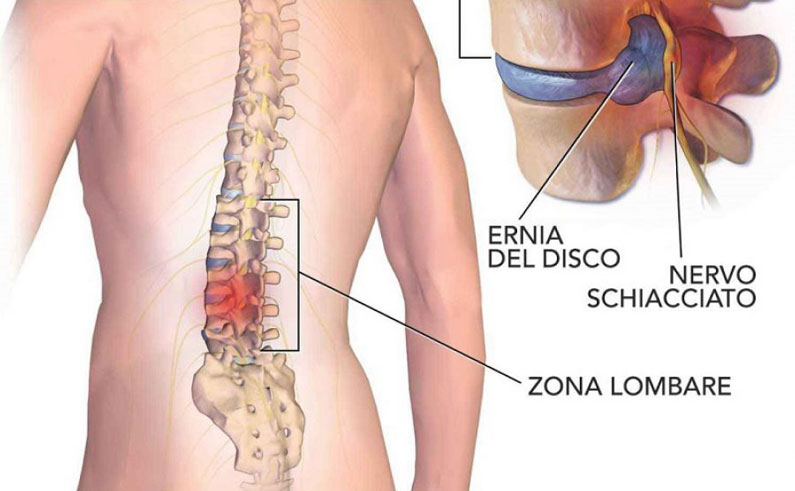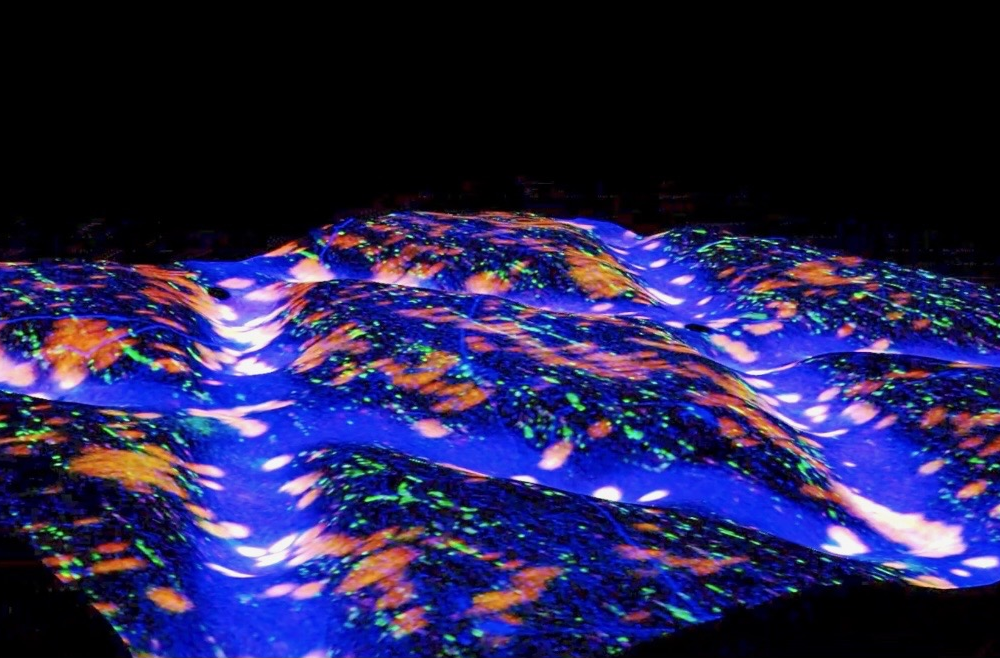A future in which herniated discs no longer require invasive surgery could be close thanks to the work of researchers at Perelman School of Medicine and the CMC VA Medical Center. Their innovation, a biological patch activated by the body's natural movement, stands as a potentially revolutionary solution for recovering the tension needed to heal a herniated disc and prevent further degeneration.
Herniated disc, a complex phenomenon

Herniated disc is a common but difficult problem to deal with, which occurs when one of the discs located between the vertebrae ruptures or becomes punctured, causing its soft interior to leak out. This leads to loss of tension and the inability to adequately cushion the spine, causing pain.
“There is currently no curative treatment for herniated discs, and the best thing there is is like sticking a simple rubber plug into a tire puncture. It stays for a while, but it won't be a great seal,” he says Robert Mauck, professor of orthopedic surgery and co-author of the study.
The TARP patch revolution
The patch TARP (Tension-Activated Repair Patch) developed by researchers does not simply "plug" the disc lesion, but favors the reconstitution of the "cushion" between the vertebrae. The patch is unique because it uses the body's natural movement to trigger the release of anti-inflammatory molecules from microcapsules within the patch itself.
Research (that I link to you here) is still in the pre-clinical stage, but has shown promising results in large animal models. These findings suggest that the patch could not only treat herniated discs but also prevent worsening of pain associated with disc degeneration. And it's an exciting prospect, especially because herniated discs often affect working-age people, leading to long-term serious disc disease and the need for spinal fusion. Prevention of these outcomes would be a great step forward in treating this condition.
Upcoming developments
This potential therapy, which has both human and veterinary applications, is based on years of research. Nonetheless, further testing in large animal models is needed. Above all, it is necessary to test the solution for a longer period before the therapy can be brought to the clinic.
If the next steps are confirmed, it will be an important step forward in understanding and treating herniated discs. A step that will give hope to millions of people who suffer from this debilitating condition.


